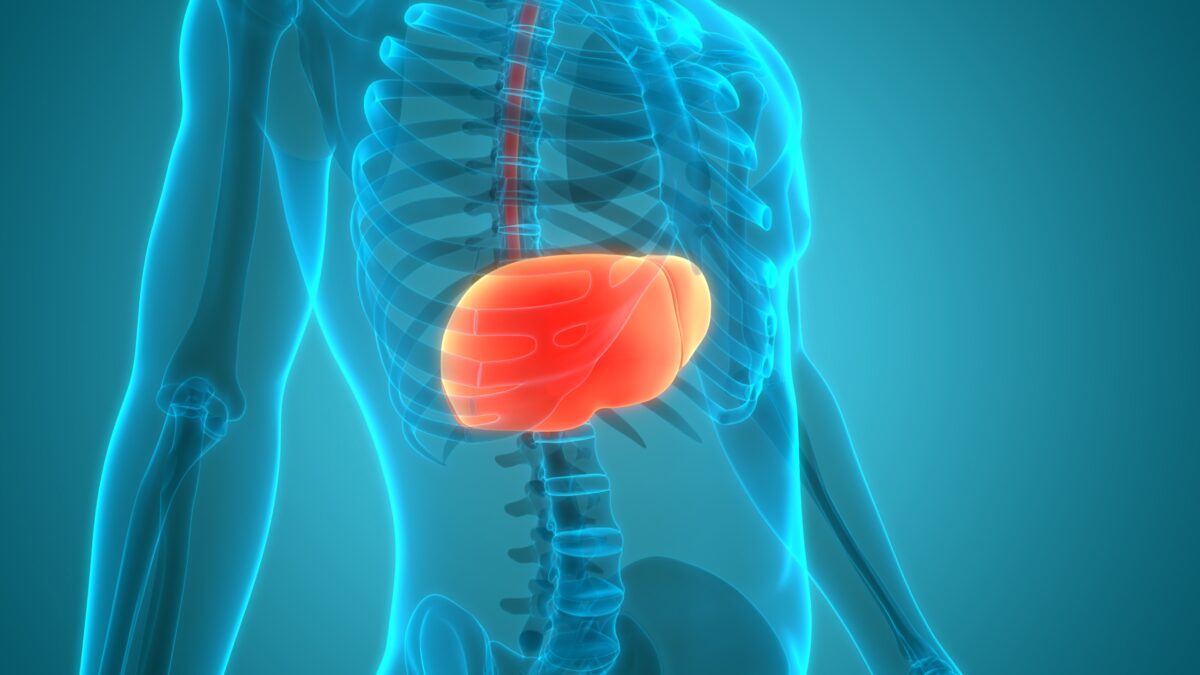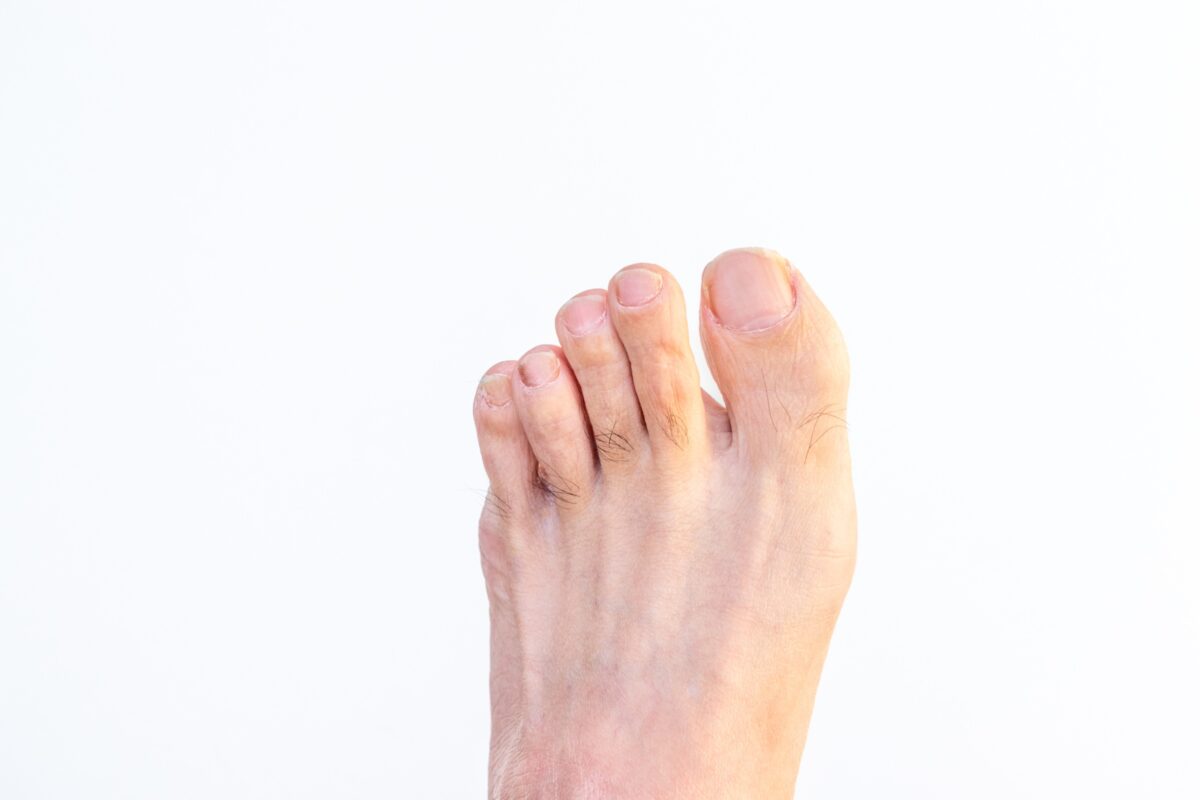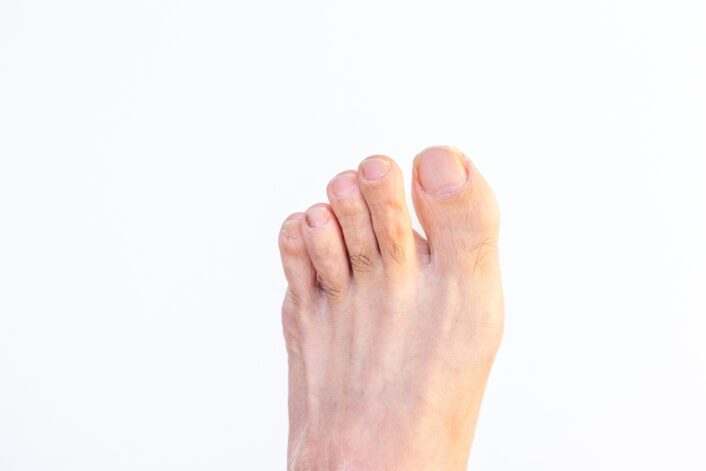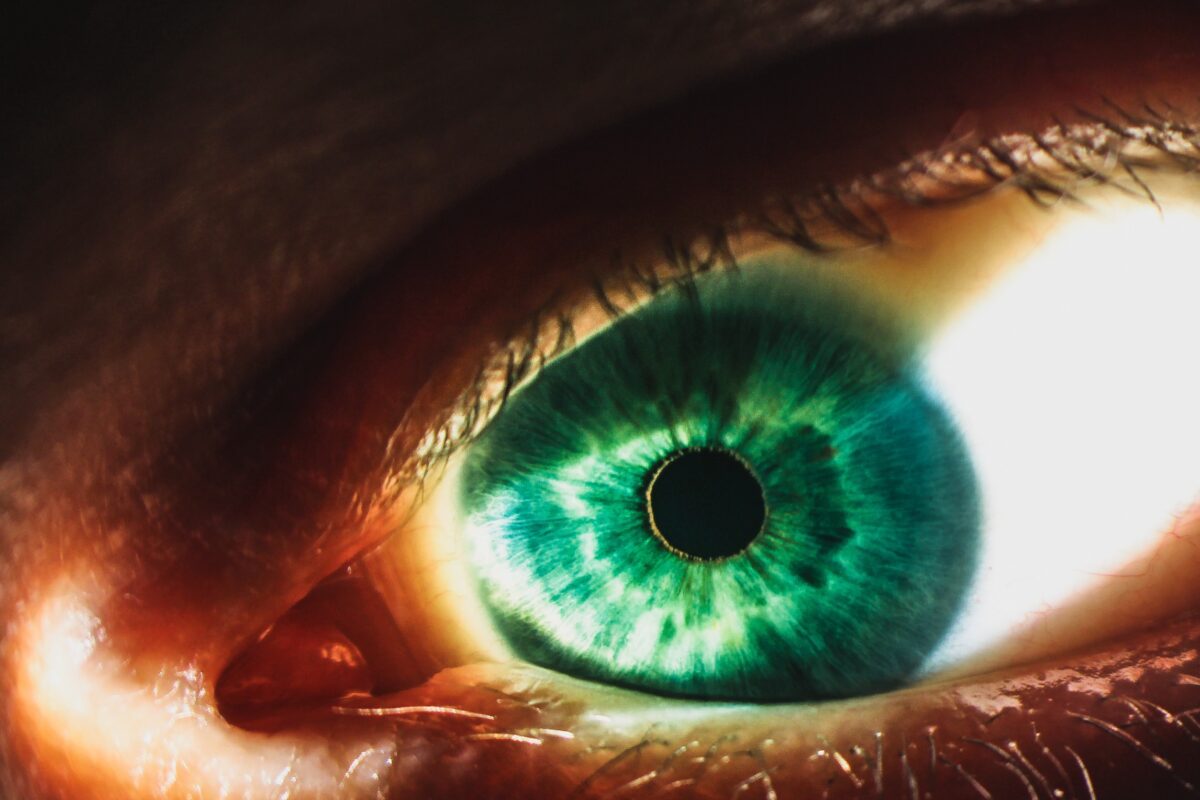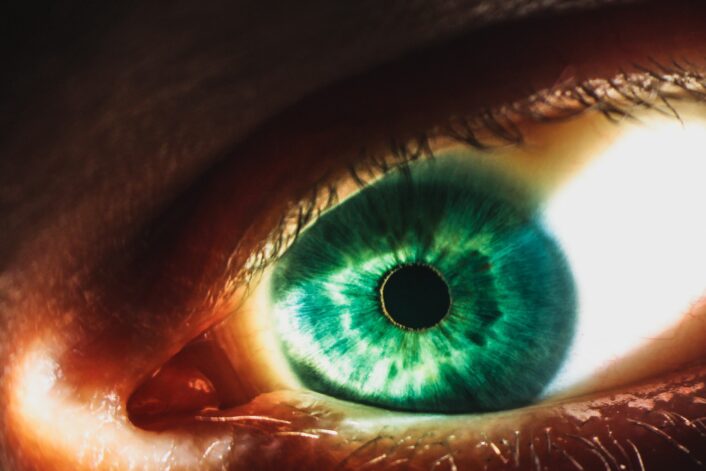Understanding The Genetics Behind Asthma
Jess
on
July 26, 2024
Latest Posts
Table of Contents
Understanding The Genetics Behind Asthma
Date of Content: May 4, 2024
Written by: Jess Gayo
Reviewed by: Maarit Tiirikainen, PhD
Disclaimer: This article is for informational purposes only and is not intended to diagnose any conditions. LifeDNA does not provide diagnostic services for any conditions mentioned in this or any other article.

What is Asthma?
More than just a wheeze or a cough, asthma is a chronic condition that can significantly impact quality of life and health. Understanding the causes and triggers of t asthma can help manage and potentially prevent its symptoms.
Asthma is a chronic inflammatory disease of the airways characterized by episodes of airflow obstruction, bronchospasm, and increased mucus production. These episodes, known as asthma attacks, can be triggered by a variety of factors including allergens, exercise, cold air, and respiratory infections. The prevalence of asthma is significant, affecting approximately 300 million people worldwide, with numbers expected to rise due to increasing urbanization and pollution.
Scientifically, asthma is marked by an overreaction of the immune system to normally harmless substances, leading to inflammation and narrowing of the bronchial tubes. This results in difficulty breathing, chest tightness, coughing, and wheezing.
The severity of asthma can vary widely among individuals, from mild and occasional symptoms to severe and persistent cases that require continuous medical management. Ongoing research aims to uncover the genetic and environmental factors that contribute to asthma, to develop more targeted and effective treatments.
What are the Symptoms of Asthma?
Asthma is a chronic condition marked by a range of symptoms that can vary in intensity and frequency. Understanding these symptoms can help individuals recognize and manage their asthma effectively.
- Shortness of Breath: One of the hallmark symptoms of asthma is shortness of breath. This can occur suddenly or gradually and is often exacerbated by physical activity or exposure to allergens. Individuals may feel as though they cannot get enough air, which can be particularly distressing during an asthma attack.
- Wheezing: Wheezing is a high-pitched whistling sound made while breathing, especially during exhalation. This occurs due to the narrowing and inflammation of the airways, causing airflow to be turbulent. Wheezing can be a clear indicator of an asthma attack.
- Coughing: Chronic coughing, especially at night or early in the morning, is a common symptom of asthma. The cough is often dry and persistent, though it can sometimes produce mucus. This symptom can disrupt sleep and daily activities, significantly impacting quality of life.
- Chest Tightness: Many individuals with asthma experience a sensation of tightness or pressure in the chest. This can feel like a heavy weight or constriction and is often worse during an asthma attack. Chest tightness results from the constriction of muscles around the airways and the increased effort required to breathe.
- Difficulty Sleeping: Asthma symptoms, particularly coughing and shortness of breath, often worsen at night, leading to difficulty sleeping. This can result in fatigue and decreased daytime functioning, affecting overall well-being and productivity.
- Respiratory Infections: People with asthma are more susceptible to respiratory infections, such as colds and the flu. These infections can trigger asthma symptoms or exacerbate existing ones, leading to more frequent and severe asthma attacks.
- Rapid Breathing: During an asthma attack, individuals may breathe rapidly, known as tachypnea. This is the body’s response to the decreased airflow and the need to take in more oxygen. Rapid breathing can be accompanied by a feeling of panic and anxiety, which can further worsen symptoms.
Recognizing these symptoms and understanding their potential genetic underpinnings can help individuals with asthma manage their condition proactively. Genetic factors can influence the severity and frequency of asthma symptoms, making it important for those with a family history of asthma to be vigilant and seek appropriate medical advice.
How is Asthma Diagnosed?
Diagnosing asthma involves a combination of medical history, physical examinations, and specific tests to assess lung function and rule out other conditions.
- Medical History: Physicians begin by gathering a detailed medical history. They inquire about the patient’s symptoms, frequency, and triggers, as well as any family history of asthma or allergies. Understanding genetic predispositions can provide crucial insights into the likelihood of asthma.
- Physical Examination: During a physical exam, doctors listen for signs of wheezing and observe for other respiratory issues. They may also check for allergic reactions, such as eczema and nasal polyps, which are commonly associated with asthma.
- Spirometry: This is a key diagnostic test for asthma. Spirometry measures the amount of air a person can exhale after a deep breath and how quickly they can do so. Reduced airflow indicates obstructed airways, a hallmark of asthma.
- Peak Flow Measurement: Patients may use a peak flow meter to measure the maximum speed of exhalation. Regular monitoring helps track asthma control and detect early signs of an impending attack.
- Bronchodilator Response: To confirm asthma, doctors may administer a bronchodilator and then repeat spirometry. Significant improvement in airflow after the medication indicates reversible airway obstruction typical of asthma.
- Allergy Testing: Identifying specific allergens that trigger asthma symptoms can guide treatment and lifestyle adjustments. Skin prick tests or blood tests help determine sensitivities to common allergens like pollen, dust mites, or pet dander.
- Methacholine Challenge: If initial tests are inconclusive, a methacholine challenge may be performed. Methacholine causes airway narrowing in people with asthma. A positive test confirms hyperresponsiveness of the airways.
These diagnostic methods, combined with an understanding of genetic predispositions, allow for accurate diagnosis and effective management of asthma.
Is Asthma Genetic?
ADAM33 Gene
Asthma is a chronic inflammatory disease of the airways, causing frequent coughing and wheezing. It affects about 5% of adults and 10% of children worldwide, though prevalence in Indian adults is lower at 2.4%.
Asthma’s complexity arises from genetic and environmental interactions. Key genes like ADAM33 have been linked to asthma through various studies. ADAM33 polymorphisms are associated with asthma in several ethnic groups, including Caucasians and North Indians, but not in Latinos or South Indians.
Research suggests that multiple SNPs increase the risk of developing asthma than single polymorphism. Severe and moderate asthma cases have shown a higher expression of ADAM33 mRNA in endobronchial biopsy compared with those who do not have the condition and with mild asthma.
ADAM33 is involved in cell interactions and signaling, crucial for normal lung development and function. It is linked to asthma features such as bronchial hyperresponsiveness, wheezing progression, airway remodeling, and lower lung function. Some asthma patients with ADAM33 polymorphisms do not respond to steroids, indicating potential treatment challenges.
The discovery of ADAM33 highlighted non-atopic mechanisms like fibroblast and smooth muscle proliferation, contributing to airway remodeling and chronic asthma progression. This remodeling is due to abnormal communication between airway cells, with ADAM33 playing a crucial role.
ORMDL3 Gene
Asthma has a strong genetic component, and numerous genome-wide association studies have identified ORM1 (yeast)–like protein 3 or ORMDL3, a member of a family of 3 endoplasmic reticulum (ER) localized proteins relative to yeast orthologs ORM1 and ORM2, as a gene associated with asthma susceptibility.
However, the role of ORMDL3 in asthma pathogenesis and its physiological functions is still debated. Recent advances have provided new insights into the multifaceted functions of ORMDL3 in patients with allergic asthma. Researchers suggest a potential unifying paradigm, discussing molecular mechanisms related to ORMDL3’s role in regulating sphingolipid homeostasis. Additionally, there is interest in sphingolipid metabolites as potential biomarkers for allergic asthma.
Is Asthma a Respiratory Problem?
Asthma is fundamentally a respiratory problem. It is a chronic inflammatory disease that affects the airways in the lungs, leading to symptoms such as wheezing, shortness of breath, chest tightness, and coughing. The condition arises from a combination of genetic and environmental factors, influencing the severity and frequency of symptoms.
In individuals with asthma, the airways are hyperresponsive, meaning they are more sensitive to various triggers such as allergens, pollutants, and respiratory infections. When exposed to these triggers, the airways become inflamed and produce excess mucus, causing the muscles around them to tighten and narrow, making it difficult to breathe.
Managing asthma involves understanding both the genetic predispositions and the environmental factors that contribute to the condition. By identifying triggers and employing preventive strategies, individuals with asthma can better control their symptoms and lead healthier lives. Genetic research continues to uncover new insights, paving the way for more personalized and effective treatments for asthma.
Potent Mediators for Developing Type-2 Asthma
Interleukins (IL)-4 and -13 belong to the family of the T helper 2 (Th2) and play a crucial role in the development of type-2 asthma. IL-4 is essential for Th2 cell differentiation, immunoglobulin (Ig) class switching, and eosinophil trafficking. IL-13 works alongside IL-4 to promote IgE synthesis and induces nitric oxide (NO) production, goblet cell metaplasia, and fibroblast proliferation. It also causes contractile responses and hyperplasia of airway smooth muscle cells.
Both IL-4 and IL-13 share common signaling pathways, activated when they bind to receptor complexes that include the α-subunit of the IL-4 receptor (IL-4Rα). This receptor dimerization leads to the pathophysiologic effects of IL-4 and IL-13. The monoclonal antibody dupilumab blocks IL-4Rα, acting as a dual receptor antagonist for both IL-4 and IL-13. This action effectively reduces type-2 inflammation, decreases asthma exacerbations, lowers FeNO (fractional exhaled NO) levels, and reduces the need for oral corticosteroids (OCS).
Dupilumab is approved for add-on biological therapy for severe asthma and is also licensed for treating nasal polyposis and atopic dermatitis. Through its targeted mechanism, dupilumab offers significant therapeutic benefits for patients with type-2 inflammation-related conditions.
Is Asthma Curable?
Asthma is currently considered a chronic condition without a definitive cure. While asthma cannot be cured in the traditional sense, it can be effectively managed with proper treatment and lifestyle adjustments.
Research continues to explore new avenues for asthma management and treatment, focusing on understanding the underlying mechanisms and developing more targeted therapies. Current treatments aim to control symptoms, reduce inflammation, and prevent asthma attacks through medications such as inhaled corticosteroids, bronchodilators, and biologics. These treatments help manage the condition and improve quality of life, but they do not cure asthma permanently.
Managing asthma involves identifying and avoiding triggers, using medications as prescribed, monitoring symptoms, and maintaining regular communication with healthcare providers. With proper management, many individuals with asthma can lead active, fulfilling lives. Ongoing research into genetics, environmental factors, and personalized medicine offers hope for future advancements in asthma treatment strategies.
What to Avoid When You Have Asthma?
Managing asthma effectively involves avoiding certain triggers that can exacerbate symptoms. Here’s a list of things to avoid to keep asthma under control:
- Allergens: Pollen, dust mites, pet dander, and mold are common allergens that can trigger asthma symptoms. Reducing exposure by keeping living spaces clean, using air purifiers, and avoiding contact with pets can help.
- Tobacco Smoke: Smoking and secondhand smoke can severely irritate the airways. Individuals with asthma should avoid smoking and stay away from smoke-filled environments.
- Air Pollutants: Pollution from vehicle exhaust, industrial emissions, and other sources can worsen asthma. Limiting outdoor activities on high-pollution days and ensuring good indoor air quality is crucial.
- Respiratory Infections: Colds, flu, and other respiratory infections can trigger asthma attacks. Practicing good hygiene, getting vaccinated, and avoiding close contact with sick individuals can reduce the risk.
- Strong Odors and Fumes: Perfumes, cleaning products, and paint fumes can irritate the airways. Using fragrance-free products and ensuring proper ventilation when using strong-smelling substances can help minimize exposure.
- Extreme Weather Conditions: Too cold and dry air or too hot and humid conditions can trigger asthma symptoms, especially during exercise or any intense energy-engaging activity. Certain Medications: Some medications, such as beta-blockers and nonsteroidal anti-inflammatory drugs (NSAIDs) like aspirin, can trigger asthma symptoms. Individuals should consult their healthcare provider before taking new medications.
- Stress and Strong Emotions: Intense stress and strong emotions can trigger asthma attacks. Practicing stress management techniques like deep breathing, meditation, and regular exercise can help maintain emotional well-being.
- Food Additives: Sulfites and other preservatives in processed foods and beverages can trigger asthma symptoms in some individuals. Reading food labels and avoiding these additives can be beneficial.
By understanding and avoiding these triggers, individuals with asthma can better manage their condition, leading to improved quality of life and reduced asthma attacks.
How to Manage Asthma
Managing asthma involves a combination of medication, lifestyle adjustments, and awareness of triggers. Here are some effective strategies for controlling asthma:
Medications
The cornerstone of asthma management is the use of medications. These include:
- Long-term Control Medications: These are used daily to prevent symptoms and include inhaled corticosteroids, leukotriene modifiers, long-acting beta-agonists, and combination inhalers. They reduce inflammation and keep the airways open.
- Quick-relief Medications: Also known as rescue inhalers, these provide immediate relief during an asthma attack. Short-acting beta-agonists or bronchodilators like albuterol and ipratropium are commonly used.
Avoid Triggers
Identifying and avoiding asthma triggers is crucial. Common triggers include:
- Allergens: Pollen, dust mites, pet dander, and mold. Using air purifiers, keeping homes clean, and using allergen-proof bedding can help reduce exposure.
- Tobacco Smoke and Air Pollutants: Avoid smoking and exposure to secondhand smoke. Monitor air quality reports and limit outdoor activities on high pollution days.
Regular Monitoring
Keeping track of asthma symptoms and lung function is essential. Using a peak flow meter can help monitor how well the lungs are working. Keeping an asthma diary to note symptoms, triggers, and medication use can provide valuable insights.
Asthma Action Plan
Developing a personalized asthma action plan with a healthcare provider is vital. This plan outlines daily management strategies, how to handle worsening symptoms, and when to seek emergency care. It serves as a guideline for managing asthma proactively.
Healthy Lifestyle
Maintaining overall health can improve asthma control. Key aspects include:
- Regular Exercise: Exercise can strengthen the respiratory system, though it’s important to choose activities that do not trigger symptoms. Warm up properly and consider indoor exercises if outdoor conditions are poor.
- Healthy Diet: Eating a balanced diet rich in fruits, vegetables, and omega-3 fatty acids can reduce inflammation and improve overall health.
Stress Management
Stress and strong emotions can trigger asthma symptoms. Practicing relaxation techniques such as deep breathing, yoga, and meditation can help manage stress levels.
Vaccinations
Respiratory infections can worsen asthma. Staying up-to-date with vaccinations, including the flu shot and pneumonia vaccine, can help prevent infections.
Educate Yourself
Understanding asthma and staying informed about new treatments and management strategies can empower individuals to take control of their condition. Participating in asthma education programs or support groups can provide valuable information and support.
Regular Medical Check-ups
Regular visits to a healthcare provider, particularly a board-certified pulmonologist are essential to monitor asthma control, adjust medications as needed, and address any concerns. These check-ups ensure that the management plan is effective and up-to-date.
Environmental Control
Reducing exposure to indoor and outdoor pollutants can help manage asthma. Use air purifiers and filters with HEPA technology to maintain a clean living environment. Avoid using strong-smelling cleaning products or chemicals.
By implementing these strategies, individuals with asthma can better manage their symptoms, reduce the frequency and severity of asthma attacks, and lead healthier, more active lives. Understanding the genetic predispositions and environmental factors that influence asthma can further aid in tailoring effective management plans.
LifeDNA’s Wellness Report
Discover the key to personalized wellness with LifeDNA’s Wellness Report. Uncover how your unique genetic profile influences your body’s needs as you age. With over 200 trait reports available, including Nutrition Report, Sleep Report, Vitamins and Supplements Report, Fitness Report, Personality and Cognition Report, and Skincare Report, LifeDNA provides comprehensive insights tailored to your genetic makeup.
Understand how genetic variations impact your health and lifestyle choices. Whether you’re curious about optimizing your diet, enhancing your fitness routine, or improving your skincare regimen, LifeDNA’s reports offer actionable insights to empower your wellness journey.
Start your personalized wellness journey today with LifeDNA’s insightful reports. Gain clarity on your genetic predispositions and make informed decisions for a healthier tomorrow. Take charge of your health and well-being with LifeDNA.
References
- https://www.who.int/news-room/fact-sheets/detail/asthma/?gad_source=1&gclid=CjwKCAjwkJm0BhBxEiwAwT1AXNpOgz2czCUrkmr6IsFz8BUfxZKrIC0hA9r7nQeTfdedhmdFYR-slhoCwwIQAvD_BwE
- https://www.mayoclinic.org/diseases-conditions/asthma/symptoms-causes/syc-20369653
- https://www.nhs.uk/conditions/asthma/diagnosis/#:~:text=The%20main%20tests%20used%20to,can%20hold%20in%20your%20lungs
- https://aafa.org/asthma/asthma-diagnosis/lung-function-tests-diagnose-asthma/#:~:text=Spirometry.,and%20its%20rate%20of%20flow.
- https://www.lung.org/lung-health-diseases/lung-procedures-and-tests/methacholine-challenge-test
- https://www.ncbi.nlm.nih.gov/pmc/articles/PMC3705653/
- https://www.ncbi.nlm.nih.gov/pmc/articles/PMC6910079/
- https://www.ncbi.nlm.nih.gov/pmc/articles/PMC8957960/
- https://www.nhlbi.nih.gov/health/asthma
- https://www.nhs.uk/conditions/asthma/treatment/#:~:text=There’s%20currently%20no%20cure%20for,if%20your%20asthma%20is%20severe.
- https://www.webmd.com/asthma/ss/slideshow-asthma-and-your-diet
- https://www.medsafe.govt.nz/profs/PUarticles/nsaid-induced.htm#:~:text=Aspirin%20and%20other%20NSAIDs%20can,death%20in%20aspirin%2Dsensitive%20asthmatics.&text=This%20reaction%20is%20generally%20referred,and%2020%25%20of%20adult%20asthmatics.
- https://www.lung.org/lung-health-diseases/lung-disease-lookup/asthma/managing-asthma
- https://www.mayoclinic.org/diseases-conditions/asthma/in-depth/asthma-medications/art-20045557#:~:text=including%20the%20following.-,Inhaled%20corticosteroids,and%20tightening%20in%20your%20airways.
Customer Reviews




*Understanding your genetics can offer valuable insights into your well-being, but it is not deterministic. Your traits can be influenced by the complex interplay involving nature, lifestyle, family history, and others.
Our reports and suggestions do not diagnose or treat any health conditions or provide any medical advice. Consult with a healthcare professional before making any major lifestyle changes or if you have any other concerns about your results.






